#russian mythology
Text

#slavic witch#slavic culture#slavic folklore#slavic mythology#slavic#russian mythology#Russia#witch girl#witchcraft#traditional art#digital art#artists on tumblr#traditional drawing
577 notes
·
View notes
Text
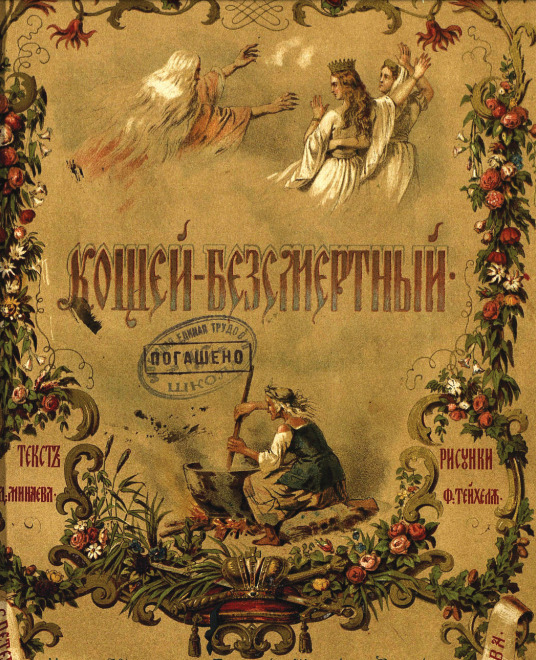
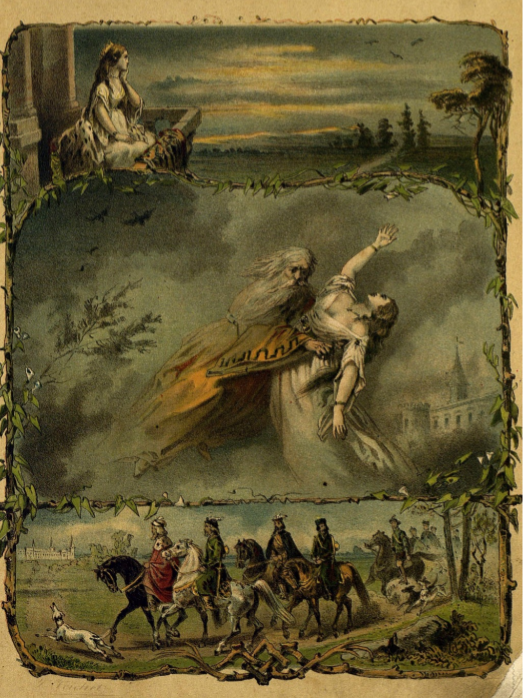
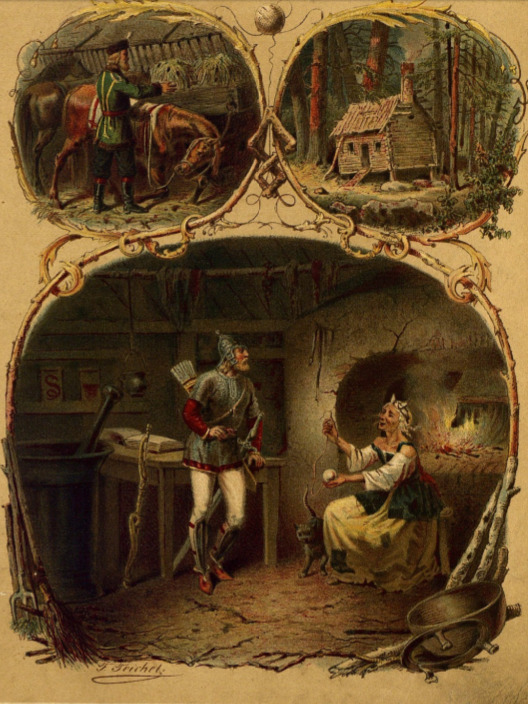




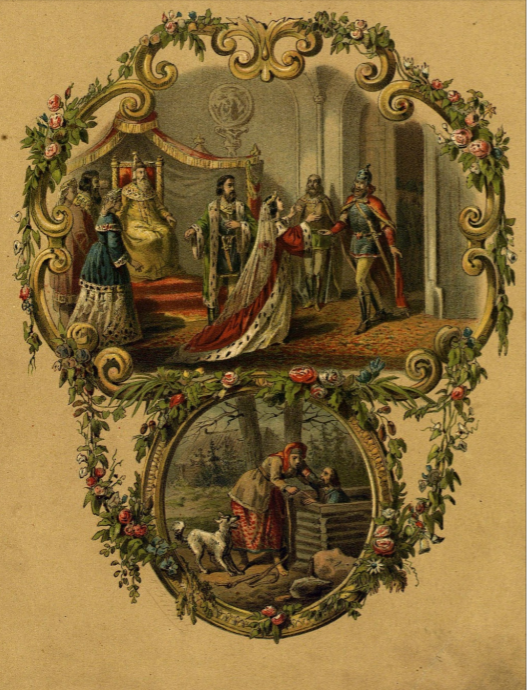
"Koschey the Deathless" (1880)
#Кощей Бессмертный#Koschey the Deathless#русские сказки#russian fairy tales#slavic folklore#русский фольклор#russian folklore#slavic mythology#русская мифология#russian mythology#русская культура#russian culture#slavic#русское искусство#russian art#russian#1880s#1880
273 notes
·
View notes
Text
My toxic trait is being a John Wick fan who happens to love mythology and despite their love for the movies gets so mad at John being called "Baba Yaga" because it makes no sense, all while arguing unprompted "Koshcei the Deathless" would have been so much better both in-universe and outside.
38 notes
·
View notes
Text

Latest cross-stitch project done: The Witchy Stitcher's Baba Yaga for @manticoreimaginary. (DM me your address, sweetie, and I'll get it shipped out post haste.) Roughly 30 hours of work.
87 notes
·
View notes
Note
HI can i have some water dragon names?? like just… related to water???? and dragons. or water dragons as a whole..??? i dont know.. but yeah!! water. dragons.. water dragon related names!!! any language origin is OK but i prefer japanese or russian..!!! thanks!!! >
here go barks
Japanese:
Mizuchi
Zennyo
Naga
Ryuo/Ryuoka/Ryuko
Akuma
Haku
Ri
Hai
Kannon
Sumida
Kirin
Han
Sue
Fuku
Shiro
Katsu
Kin
Kiyo
Hakone
Kasha
Tatsu
Ka
Yamata
Russian (there wasn't too much I could find, they didn't have a pantheon of dragons in mythology, just a protector dragon (Zmey) and the dragon whom guards the underworld (Chudo-Yudo). Top four are more related than the bottom two):
Zmey/Zmei
Zilant
Chudo
Kazan
Azhdaya
Aspid
Intersecting Category:
Azure
Drakon
Small list of water names:
Brook(s)
Marina/Marni
Ronan
Delta
Struan
Rivulet
Melusine/Meluise
Cove
Mar
Daria
Pier
Lucerne
Nerissa
Amaya
Aegir
Marella
Beckett
Conway
Lupeta
Riata
Severin
Thames
Andreus
Carlow
Kendra
Talise
Calan
Dalas
Irving
Chamiree
Nala
Nen
Salil
#nonbinary names#masculine names#feminine names#japanese names#japanese mythology#russian mythology#russian names#name request#water dragon#water
13 notes
·
View notes
Text
The girl in the tower - Katherine Arden

Book review!!
Stars: ✯ ✯ ✯ ✯ ✯/5
Do I recommend: YES!!!
Will I reread: probably!
Release date - 2017
Author - Katherine Arden
Page count- 347
Chapters - 27
Prologue/epilogue - prologue (+ glossary)
Setting - Russia, Moscow
What to expect:
❄️Russian mythology
❄️magical story
❄️Russian winter setting
❄️Kind of forbidden romance
❄️Lots of secrets 🤫
❄️ atmospheric fantasy!
❄️ castles, prince, towers, kingdoms
Look out for: violence, pedophilia
Synopsis:
The Bear and the Nightingale, Katherine Arden's enchanting first novel, introduced readers to an irresistible heroine. Vasilisa has grown up at the edge of a Russian wilderness, where snowdrifts reach the eaves of her family's wooden house and there is truth in the fairy tales told around the fire. Vasilisa's gift for seeing what others do not won her the attention of Morozko
-Frost, the winter demon from the stories-and together they saved her people from destruction. But Frost's aid comes at a cost, and her people have condemned her as a witch. In The Girl in the Tower, Vasilisa faces an impossible choice. Driven from her home by frightened villagers, she has only two options left: marriage or the convent. She cannot bring herself to accept either fate and instead chooses adventure, dressing herself as a boy and setting off astride her magnificent stallion Solovey. But after she prevails in a skirmish with bandits, everything changes. The Grand Prince of Moscow anoints her a hero for her exploits, and she is reunited with her beloved sister and brother, who are now part of the Grand Prince's inner circle. She dares not reveal to the court that she is a girl, for if her deception were discovered it would have terrible consequences for herself and her family. Before she can untangle herself from Moscow's intrigues-and as Frost provides counsel that may or may not be trustworthy-she will also confront an even graver threat lying in wait for all of Moscow itself.
Review:
I really enjoyed reading this!! Loved how atmospheric the book is, and how easy it is to imagine not only characters, but also the background. The only con is that the chapters are too long for me, and that made it difficult to find motivation for reading.
Quotes:
Every time you take one path, you must live with the memory of the other: of a life left unchosen. Decide as seems best, one course or the other; each way will have its bitter with its sweet.
#book diary#book review#books#reading#the girl in the tower#the bear and the nightingale#the winternight trilogy#morozko#vasya petrovna#solovey#russian fairytale#russian mythology
17 notes
·
View notes
Text






russian fairy tales (1970)
45 notes
·
View notes
Photo
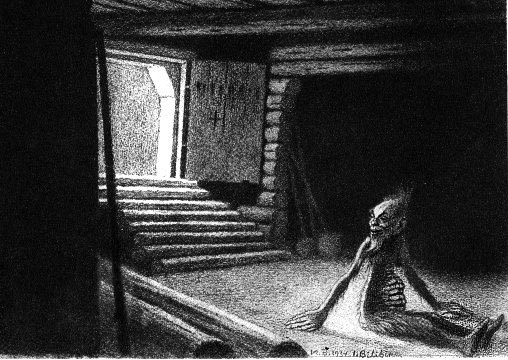
The Ovinnik [Slavic mythology; Russian myths]
Slavic and Russian folklore has several domestic spirits, such as the Domovoi and the Bannik. They could be either kind or malicious, but the most dangerous of them was the Ovinnik.
This creature resided in threshing barns, which is where the straw is separated from the edible grain. These buildings were highly flammable and therefore associated with danger and death, which is possibly where the idea came from that a dangerous spirit lives there (or perhaps, and this is just conjecture, the Ovinnik was made up by parents to dissuade children from playing there). In northern Russia, the threshing barn was located a good distance away from the rest of the farmstead, to prevent it from lighting the other buildings on fire should the barn’s furnace accidentally ignite the straw (note: the furnace was used to dry the grain).
Usually, an Ovinnik took the form of a particularly large black cat. Its eyes were red and glowed like burning coals. Other times, these spirits appeared as large wolves. In other sources, the Ovinnik is often portrayed as a human-like creature sitting close to a furnace.
It was the Ovinnik spirit who oversaw the use of the furnace: he forbade the people from lighting it on certain holidays, as well as days with a particularly strong wind. If the people ignored his warnings, he would burn the entire thing to the ground. One story, for example, is about a woman who beat flax on a sacred day and was burned to death as a punishment. In another tale, a farmer outsmarted the spirit and cast it into a burning fire, giving the Ovinnik a taste of its own medicine. But the creature survived and returned years later. Out of vengeance, it killed the farmer’s son.
Aside from burning farmstead to ashes, the Ovinnik had the ability to see into the future and could be consulted at the start of a new year. The spirit received offerings from the people, such as roosters that were decapitated and their blood sprinkled over the corners of the barn.
Although these beings were undoubtedly dangerous, they weren’t always evil. In one story, the spirit found a child who was being chased by the undead ghost of an old woman. The Ovinnik fought the ghost to protect the kid, and the two spirits clashed until the sun rose. In other versions, the spirit is sometimes called Rigačnik and this version offers protection from evil wizards. While this is a different version of the same being, its appearance differs a bit: a Rigačnik appears as a man with short, curly hair dressed in stained, torn clothing. He actively helps the owners of the farmstead.
Eventually, Christianity influenced the local folklore and mythology and the tale of the Ovinnik was among them. The Christians tried to change the public opinion of the Ovinnik by making it into a bogeyman that could only be seen during the morning service on Easter Sunday. However, people kept making offerings to the Ovinnik as a spirit of the furnace. Eventually, the Ovinnik was changed to a kind of Christian protective spirit, and that is why he forbids people from using the furnace on (Christian) sacred holidays, such as Saint Thekla Zarevnica’s holiday, which is the 23rd of September. Eventually, the Domovoy (which is possibly the most popular and well known Slavic household spirit) adopted the traits and functions of the Ovinnik and other similar spirits.
Sources:
Ivanits, L. J., 1989, Russian Folk Belief, M. E. Sharpe, 249 pp.
Haase, F., 1939, Volksglaube und Brauchtum der Ostslaven, Georg Olms Verslag, 428 pp.
Лисина, Е. A., 2020, ТРАДИЦИОННЫЕ РИТУАЛЫ В СОВРЕМЕННОЙ РОССИЙСКОЙ МЕНТАЛЬНОСТИ, ЕВРАЗИЙСКИЙ ЮРИДИЧЕСКИЙ ЖУРНАЛ, 2(141), p.491-492.
(image source: Ivan Bilibin)
121 notes
·
View notes
Text

ivan captures the firebird by léon bakst
#slavic folklore#firebird#russian folklore#art#illustration#pencil illustration#watercolour illustration#watercolor#the firebird#russian mythology#20th century art#koschei the deathless#prince ivan#sourced
63 notes
·
View notes
Text
So we all accepted Theta Sigma and Koschei as the real names of the Doctor and the Master. But we don't have a clue what their names are. And it's okay, it's fine. But. Imagine: The Doctor and the Master are reading fanfics. Yes. They are reading fanfics. And they see these names, and are like:
Ten: What are these names?
Simm!Master: Our names, according to your humans.
Ten: The humans aren't mine, okay?
Simm!Master: Anyway, these are really stupid names. Yours is just two Greek letters and mine is, I don't even know what that is.
Ten: I think it's from a Russian myth. Koschei was some kind of a wizard and he was cruel.
Simm!Master: That's not so bad.
Ten: He was also immortal.
Simm!Master: You better start speaking in Greek.
#doctor who#incorrect quotes#the master#simm master#tenth doctor#the doctor#thoschei#doctor who incorrect quotes#fanfic#theta sigma#koschei#tensimm#russian mythology
188 notes
·
View notes
Text

#illustration#digital art#witchcraft#artists on tumblr#artwork#slavic folklore#slavic culture#moon phases#russian mythology#russian folklore
326 notes
·
View notes
Text

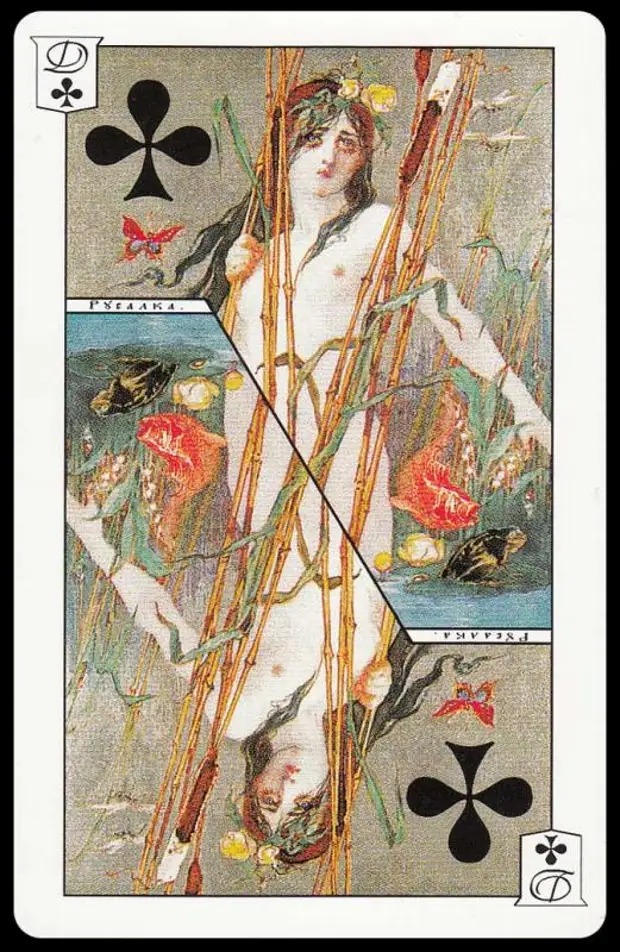



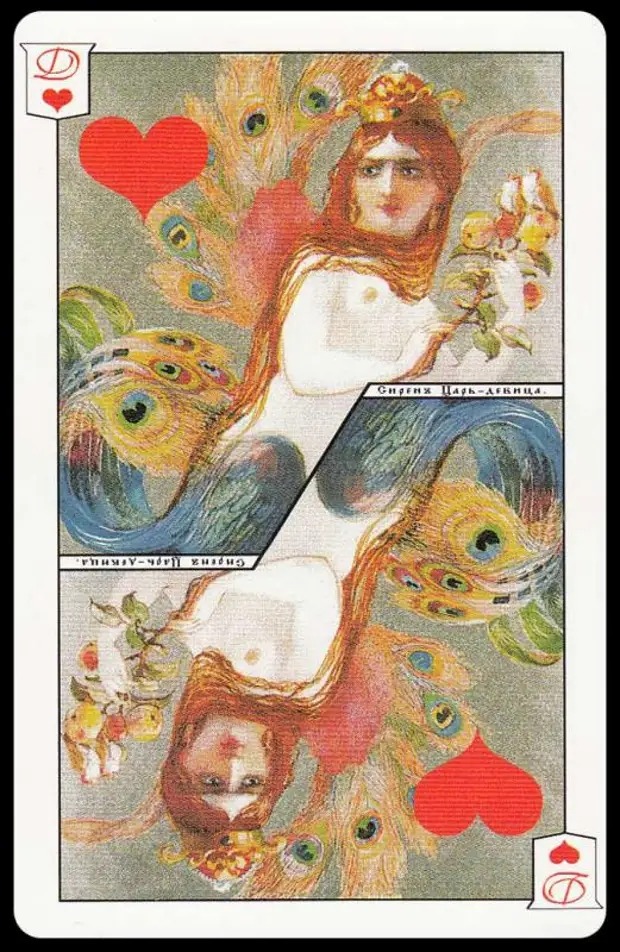
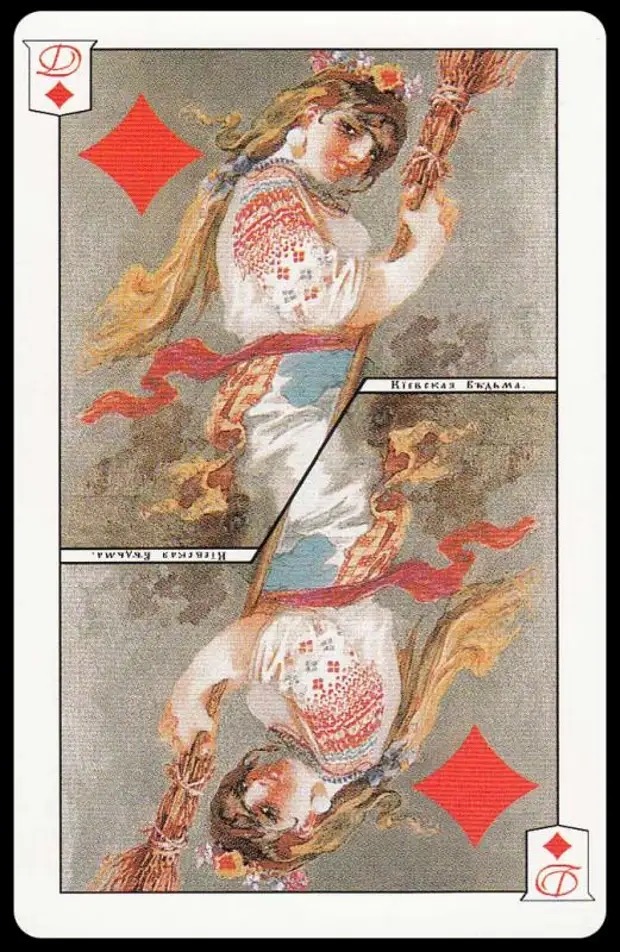
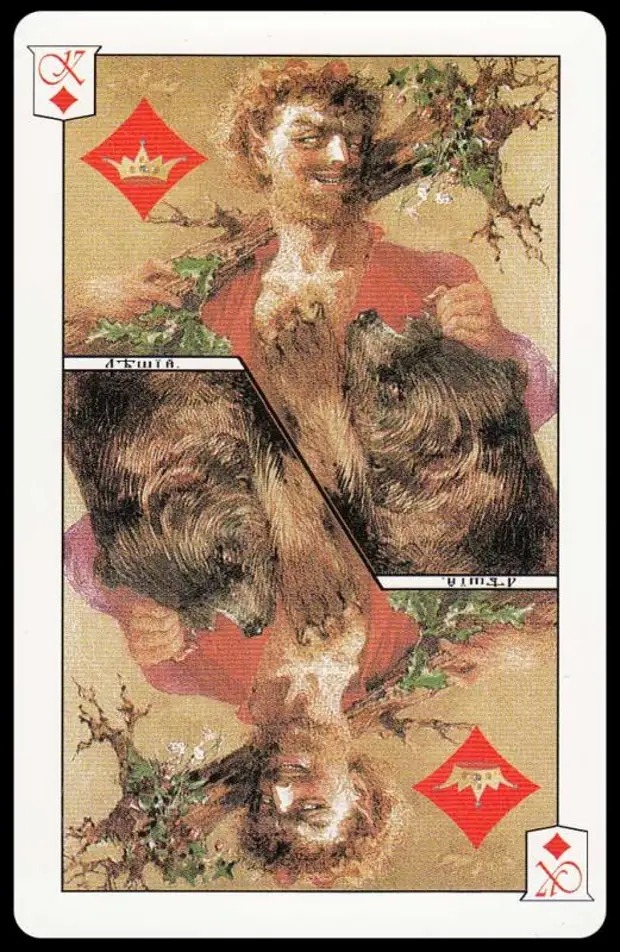
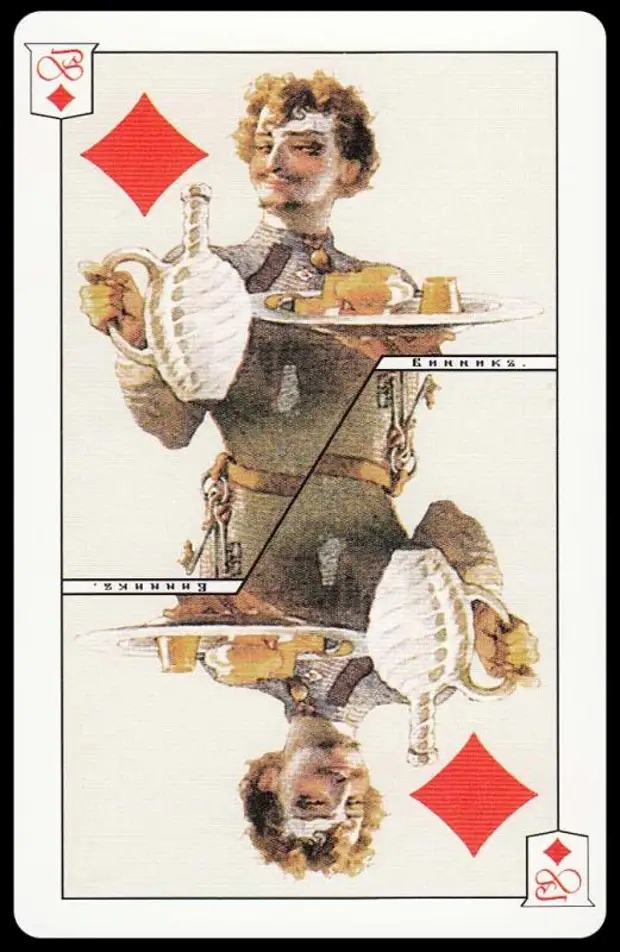
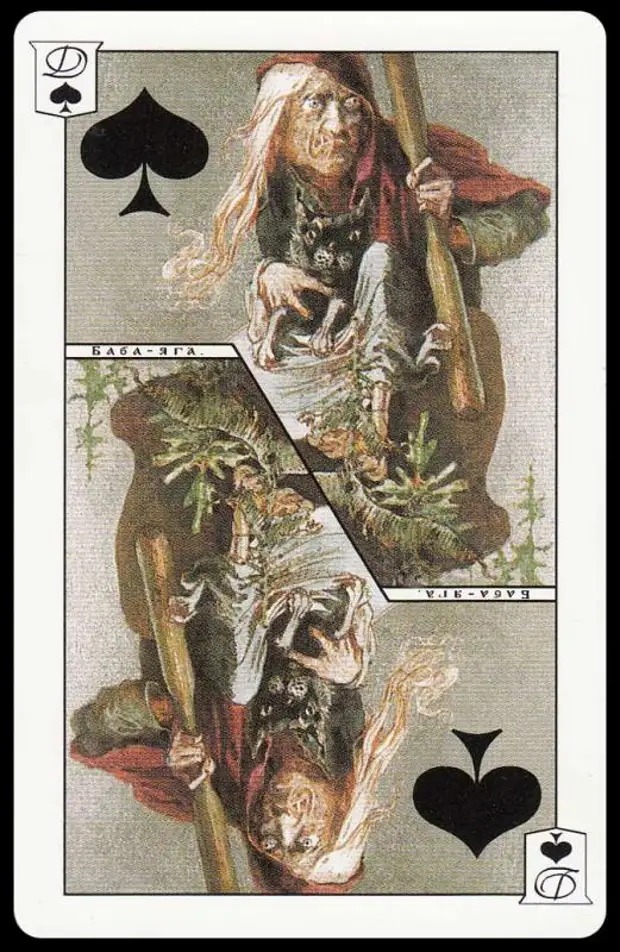
Cards from the deck "Fairytale Rus" (1890)
Mikhail Mikeshin (1835-1896)
#Россия#Russia#Михаил Микешин#Mikhail Mikeshin#russian artist#russian culture#русский фольклор#russian folklore#slavic folklore#русская мифология#russian mythology#slavic mythology#russian#slavic#russian art#1890s#1890
239 notes
·
View notes
Text






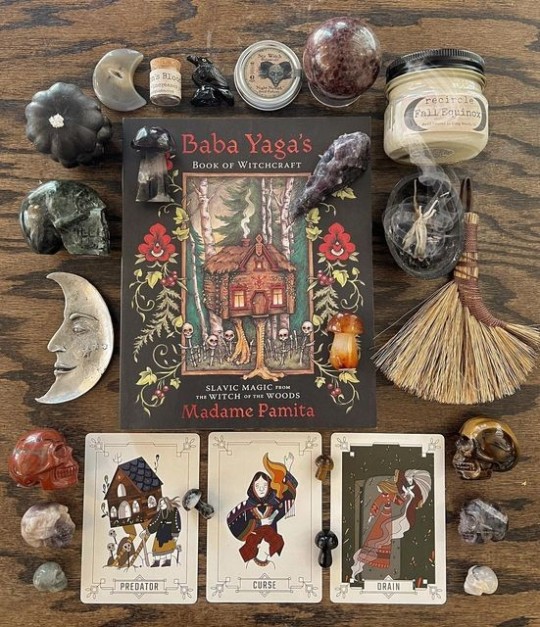



Baba Yaga/Baba Jaga = Is a witch or ogress in Slavic folklore who lives in a magical cabin in the forest and helps, imprisons, or eats people (usually children). She is among the most famous figures in Slavic folklore as the guardian of the fountains of the waters of life and is sometimes seen as the embodiment of female empowerment and independence
As she lives outside of society's norms and always according to her own rules, she began to embody the concept of female power and emancipation in the modern era. Books, films, and television shows reference her today in this role, and although she maintains her menacing character, she is increasingly seen as a source of wisdom and power rather than an embodiment of evil
Other scholars believe that she was initially the personification of nature, which can be cruel or gentle in turn, or like a thundercloud or tempest, while others claim that she personifies a plow that breaks (injures) the earth to allow planting, fertilization and crop growth
Baba Yaga a symbol of death, she is a representation of the Crone in the symbolism of the Triple Goddess. She is the Death that leads to Rebirth. It is curious that some Slavic fairy tales show Baba Yaga living in her hut with her other two sisters, also Baba Yagas. In this sense, Baba Yaga becomes the full Triple Goddess, representing the Virgin, the Mother and the Crone. Baba Yaga is also sometimes described as guardian of the Water of Life and Death
#history#baba yaga#Witch#Russian witch#Nature#Russian#mythology#russian mythology#Goddess#Russian goddess#Goddess of rebirth#my favorite
32 notes
·
View notes
Text

WHYMUSTWEBLEEDTOLIVE?🩸💎👑
By: Uldus Bakhtiozina
#occult art#occult#occult symbols#ig artist#ig art#photography art#photography aesthetic#russian photographer#russian art#russian artist#russian aesthetic#russian mythology#russian folklore#slavic aesthetic#slavic folklore
3 notes
·
View notes
Text
Here is a goddess based on two figures from Russian mythology and a being from Norse mythology!
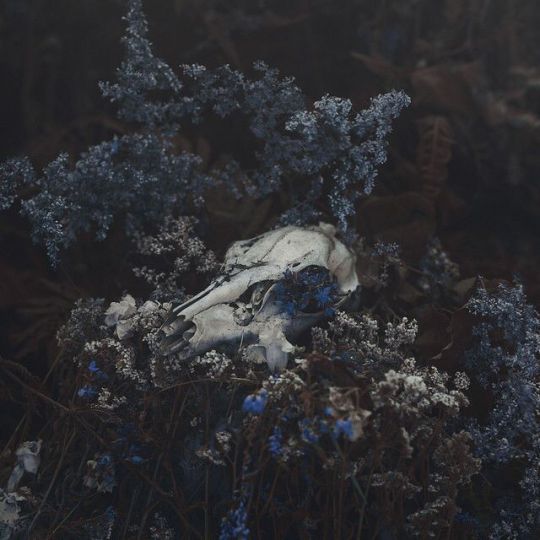


Leshazurnovik Sviatogur Himonglevatus D’Nexomuwilga is a fairly enigmatic goddess who can be quite unpredictable and volatile. She has complex moral ambiguity, both acting as beneficial and hazardous with generally reasonable deeds. She only aids people who treat her with genuine respect and humility, while providing them protection and proper sustenance. She often tests the moral character of those who encounter her by handing out tasks, asking tricky questions, and making them play a rigged game of cards. She’s quite knowledgeable and wise, but does have an inclination to misguide travellers, shepherds, and children. Despite her seriousness and potential ferocity, she’s secretly festive and fun-loving. Leshazurnovik can be terribly mischievous, aggressively stubborn, and callously sadistic, but it depends on how her day is going.
Her door-sized rectangular figure is slightly overweight with a flattened, jutting rib-like structure, hooked nose, and warts. She also has bushy eyebrows, sagging breasts, a prominent vulva, metal teeth, a swollen belly, and slim arms. Leshazurnovik is an elderly woman with curved horns, cloven feet, and an extensive beard of translucent blue waves with lichen and white foam. Her luxuriant grey hair has long curly strands and it’s adorned with mushrooms, autumnal leaves, and moss. Besides her sturdy chicken feet, she has a large dragon tail with cobweb-covered spring leaves fur and shimmering killarney green scales. Her rough skin is unnaturally pale and she has perpetually unblinking, yet dazzling lead-blue eyes with red and green tapetum lucidum. Her eyelashes are red, her left eye is larger than the other, and her right ear is half eaten. She dons a bone white blouse and a bossanova sarafan with tamarillo embroidered ribbons of pink and dark red-purple cabbage roses with fern green leaves. She has a purplish-black skirt and a headscarf made from a random assortment of carnivore skins. Leshazurnovik also wears a necklace of worn rope and baby human skulls and a comfy cloak of black wool.
She’s able to grow as tall as the highest treetops and as small as a single blade of grass. Leshazurnovik can audibly mimic the sounds of untamable beasts, familiar voices that travellers, shepherds, and children know, and the melodies of swaying trees. When flying on her giant mortar, her aura can generate tempests, earthquakes, and devastating waves. She can devour newly released souls and absorb the memories, emotions, knowledge, physical and mental pain, and vital fluids of living creatures. Leshazurnovik has surprising authority over dawn, noon, night, black magic, and forests, and she can shapeshift into all flora and fauna. She’s capable of bestowing people immortality and keeping magical items in her hut’s invisible basement that she only has access to. She doesn’t cast a shadow, and she’s able to utilise wooded areas, marshes, pyres, carnivores, phoenix feathers, and boiling cauldrons to teleport.
Her supreme knowledge is only limited to magic, the occult, natural disasters, ecosystems, physical and mental maturity, hunting, cooking, and death. She can summon wild boars, crocodiles, wolves, bears, goats, horses, chickens, owls, frogs, magpies, and spirits. She has the ability to obstruct paths with fallen trees, bodies of water, and animal carcasses, and conceal missing persons. She makes their presence known through distant sounds, yet making them remain elusive and impossible to locate. Leshazurnovik has strength, durability, speed, senses, and a bite that are all nearly transcendent. She uses pieces of birch tree and cow pelts to foretell disasters, and her pacts involve not killing crows, damaging trees, witnessing newborn things, and disturbing the hedges. When pacts with her are broken, it leads to the demise of livestock and/or the families of those who made a deal with her.
FAMILY:
Mulevhoka Rusvelochka (adoptive daughter)
ALIASES/NICKNAMES:
Baba Yaga
Leshy
Himinglæva
Bony leg
Old Lady of the Forest
She With Teeth of Iron
FUN FACTS/EXTRA INFORMATION:
She’s an avatar of J’Tervaschin and Charuzlonje
Her domain is a never-ending dense boreal, coniferous, and deciduous forest with a fountain of youth and a dwelling that lies deep in the centre. This dwelling is a rickety wooden hut that’s perched atop of four gigantic chicken legs and it continuously spins around, stopping at nighttime. It’s surrounded by a fence made of skulls and bones from unfortunate travellers. In this domain, there are also old dried trees, a fiery river, and a prominence of phoenixes.
She usually flies around in a human-sized mortar, wielding a big enough pestle in her left hand.
She’s often accompanied by a black goat, two wolves, three hens, five wild boars, five crocodiles, and a small army of child spirits.
As an Æylphitus, the different parts of her name have special meanings: Leshazurnovik means “she of the deciduous forest”, Sviatogur means “sacred mountain”, Himonglevatus means “transparent wave or heaven-shining one”, and D’Nexomuwilga means “field of contentment, corpse-rushes or no working”.
She sits with her left leg crossing over the right
An iron kettle, cauldron, and broomstick are her sacred symbols.
#writerscorner#writing#creative writing#original character#personality#physical appearance#outfit#abilities#power#deity#goddess#russian mythology#leshy#baba yaga#norse mythology#himinglæva#forest#death#magic#fun facts#extra information
4 notes
·
View notes
Text
slavic/russian demonology! pt.1



леший (leshy) is a dude living in a forest. he's a host and a protector of a forest. his main job is misleading people, making them go round in circles without the possibility of get out of the forest. also he's a big fan of dancing and singing🕺🏼
shepherds and hunters can enter into a contract with leshy. hunters sacrifice easter eggs or tobacco to him, and shepherds sacrifice bread, eggs from black chickens and sometimes the best cow in the herd. leshy helps them to catch prey and protect the herd, and they protect the forest in return🐮🌳
how to protect yourself from leshy?
1. behave well in a forest - don't break trees, don't hurt animals without leshy's permission and stuff like that
2. don't curse with the mention of leshy (phrases like иди к лешему (ıdı k leshemu) which translates as 'go to leshy' literally and means something like 'go to hell')
3. if you can't get out of the forest you should take your clothes off and put them on again with turning them inside out, and also you should swap your shoes (put the right shoe on the left foot and vice versa)
4. a prayer, a sign of the cross and obscene curses can be useful too🥸
that's all! thanks for reading!
previous post (introduction):
/i learn English so don't hesitate to correct my mistakes:)/
4 notes
·
View notes